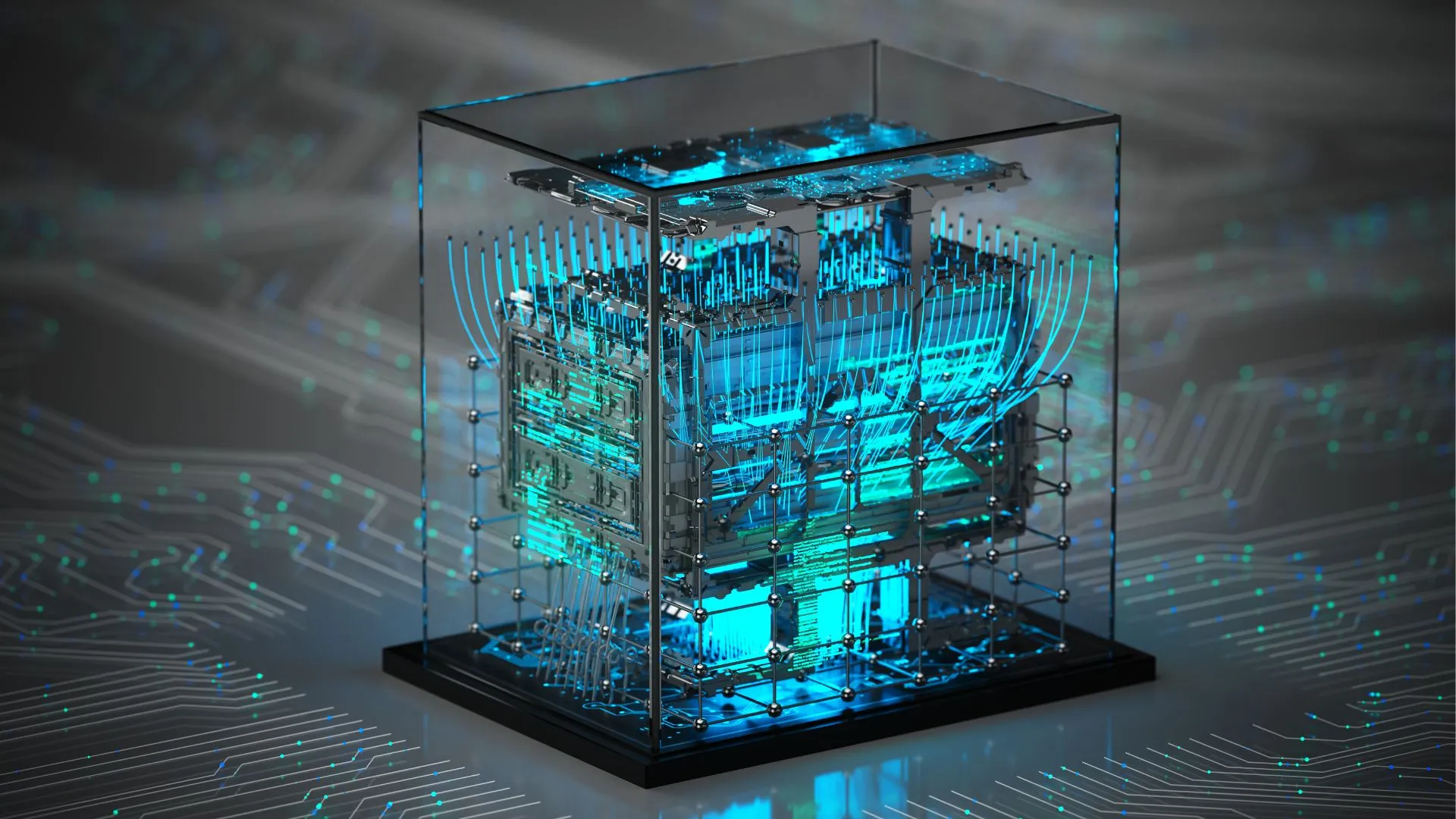Copyright forbes

Tiny, embedded AI is making its way into microcontrollers Most smart gadgets still need the internet for anything that smells like intelligence, since the most powerful models live in the cloud. Edge device companies want the thinking to happen on the device itself. To meet those needs, Nuvoton, a Taiwan-based semiconductor company known for microcontrollers and PC platform chips, released a new microcontroller chip, NuMicro M55M1 that pairs an Arm Cortex M55 CPU with an Arm Ethos U55 “neural processing unit” engine inside one low-power microcontroller. This allows any device that uses the embeddable chip to handle voice triggers, posture cues, hand gestures, and vision tasks without needing cloud or big data access. Why this matters for everyday products AI is becoming unavoidable in everyday devices. Increasingly manufacturers are looking to embed intelligent capabilities without depending on the need for always-on access. Also, these manufacturers want to avoid the high expense, variability, and potentially unpredictable nature of depending on third-party models. To address these needs, technology vendors are increasingly looking to embeddable, tiny, on-device models that can operate without having to connect online to models potentially owned and operated by someone else. Many of these on-device AI needs can be simple. For example, think of a toy that reacts to a wave or speech. Or, a door chime that wakes only when it sees a person, not a curtain. Those feel like simple jobs, yet streaming raw audio or video to the cloud makes them slow and power hungry. Moving the model inference into the microcontroller shortens the distance between sensor and answer. However, microcontrollers have typically not been able to handle such intensive AI tasks. Under the hood, Nuvoton’s M55M1 is a 32-bit microcontroller with a Cortex M55 CPU and an Ethos U55 NPU that operate on the same clock speed. The U55 handles the neural network math while the Cortex M55 watches timers and peripherals. That split keeps latency low and battery life sane. MORE FOR YOU The device can handle on-device machine learning, digital signal processing, and support for common embedded ML flows. The companion NuEzAI M55M1 development board helps provide access to that stack and ships with examples so developers can build, compile, and test on hardware rather than on more cumbersome tools. The board and chip both top out at about 220 MHz for CPU and NPU, which matters because engineers can budget speed, energy, and memory against real numbers. Where Tiny Models and AI-powered Microcontrollers Stack Up A 220 MHz NPU on an MCU will not run a large transformer or a dense detection model. But it will run compact networks that are quantized and tuned for simple tasks such as detecting small images or short audio clips. The goal is steady, predictable inference at milliwatt levels without requiring a cloud trip. Nuvoton’s AI pages and press notes stick to that use case, which is a good match for an embedded controller. The market for AI-enabled microcontrollers and embedded AI systems is heating up. Chip manufacturer Infineon’s PSoC Edge family also combines the Cortex M55 with the Ethos U55, and the company recently added support for Nvidia’s TAO workflow, which lowers the barrier to adapt vision models. At the higher end, Alif Semiconductor’s Ensemble E3 parts pack dual U55 engines and large on-chip memory pools to target heavier edge AI jobs, while still being a microcontroller. The chip supports bigger images, higher frame rates, or multiple models at once. Increasing Demand for Embedded, Tiny Models The interest in tiny, embeddable models continues to increase. Companies ship tiny MCUs by the tens of billions because they are cheap, predictable, and easy to certify. Add a small neural engine and you get good, basic AI inference capability in a compact, offline model. That means smarter light switches, wearables, and safety sensors that run all day on coin cells or wall warts without a streaming bill. While the market is still early to tell how much demand there is for AI-enabled microcontrollers, firms like Nuvaton are making the investment to get ahead of the demand. Nuvoton, a spinoff of semiconductor manufacturer Winbond Electronics, owns a six-inch wafer fab and offers foundry services with capacity at roughly 45,000 wafers per month. This gives companies planning AI-enabled products a sense of scale for mature processes and specialty flows. If the company is successful in its approach, we can expect to find many more devices that will use tiny, local, embedded AI. Editorial StandardsReprints & Permissions



